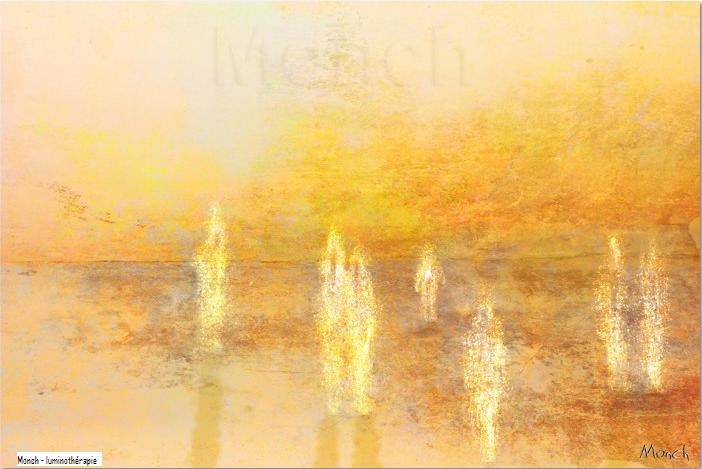A Whiff of Nonanal — Or Why You Should Hang Your Laundry in the Sunshine

I first acquired a dryer, meaning a clothes drying machine, in 2005; but only because I inherited one.
Used less than ten times in almost 20 years, I just don’t see the necessity. If the weather is completely dreadful, as in snowing or raining, I hang up the laundry on lines in the furnace room. The rest of the time the clothes are dried outside.
I have an outrageous number of line drying racks, some of which I originally acquired in Italy. Their line racks are far superior to those in North America. In any case, the Italian ones are constructed in a certain way, and the Italian word for them is “stenditoio”. It’s bizarre, but my children know nothing of Italian, except they still call the rack the “stenditoio”.
In any case, if you know the smell of outdoor line dried laundry, you know how wonderful it is. If you don’t, well, all I can say is you need to try it, if for no other reason than an environmental one.
I’ve always wondered what exactly is that exquisite smell? As it turns out, some chemists decided to investigate the matter.
These chemists gathered cotton towels, washed them several times thoroughly in the cleanest water possible, using no soap or detergents. Then they hung them up in three places: 1. In an empty office of their lab, 2. On a balcony in the shade, and 3. On a balcony in the sun.
Once the towels were dry, they were placed in sealed plastic bags for 15 hours. This is following standard forensic procedures whereby sealing the materials in the plastic will allow the chemical compounds present to be released and trapped in the bags.
Then they sucked the air out of the bags to analyze it using gas chromatography mass spectrometry (GC/MS). Fancy name for fancy equipment used to find levels of chemicals in foods, plants, fuels, consumer products, the environment in general, and — more macabre — in forensics.
The towels that had hung indoors or in the shade were unremarkable, but those dried in sunlight were infused with aldehydes and ketones. These are organic compounds that smell, to us, like plants and perfumes. Specifically, they found:
- Pentanal (found in cardamom among other places and things)
- Octanal (a citrus-like compound)
- Nonanal (which doesn’t sound appealing, but actually smells like roses)
Smaller quantities of compounds were also identified, primarily those we would find evocative of chocolate, herbs, fruit, wine, leaves, and almonds.
There doesn’t seem to be a scientific consensus on how these compounds ended up in the towels. Generally, the chemists believed that sunlight and the presence of liquid water react with the ozone in the air to produce aldehydes and ketones. They also conjectured that the UV rays in sunlight may be what triggered their production by reacting with the wet molecules in the towels. This may be happening all around us in nature anyway.
So, let’s explore some of these compounds in more detail.
Pentanal: A Mexican Dinner by the Sea or Why Your Sheets Smell Like Tortillas
Also called valeraldehyde, when isolated is a colorless volatile liquid, for the most part, it smells like fermented bread and fruit, as well having a nutty and berry-like aroma.
In foods, the highest concentrations of pentanal are found in black walnuts, cow milk (yes, only cows), and carrots. To a lesser degree it is found in corn, tortillas, safflowers, crustaceans, garden tomato (no, not in industrially grown tomatoes, which should tell us something), guava and the Middle Eastern spice Mahleb.
There are those who, with the world, being what it is today, are working to use pentanal as a “biomarker” to identify who (or what?) has consumed these foods.
Like most compounds nowadays, pentanal is produced industrially through a rather complicated process that includes something called “steam cracking” (which would seem to validate the notion of ozone involvement in your laundry, but hey, I’m not a chemist) and is primarily used in the perfume and flavouring industries. When industrially produced, pentanal is oxidized and then gets a new name: valeric acid.
Octanal: The Bug Aphrodisiac
This one is a bit more complicated. It exists naturally in all eukaryotes, from yeast to humans.
Octanal tastes citrusy and fatty, and its flavour is described as waxy, “green”, and like a soapy orange peel. It is found in high concentrations in limes, caraway, mandarin oranges, clementines, and tangerines. To a lesser extent it is found in wild carrots (Queen Anne’s Lace for those of us in North America), and regular carrots. It has also been detected in cherry tomatoes, Brussels sprouts, wild rhubarb from Alaska, sweet marjoram and sunflower, as well as in the spices sumac and barberry.
Oddly, octanol is also a pheromone that drives various flower bugs, moths, bag bugs, and bedbugs wild with desire. I must note here: There would appear to be an interesting correlation to bed linens, octanal, moths and bedbugs, but I’ll leave that to better educated scientists to further explore.
Nonanal: A Rose, By Any Other Name, Would Smell as Sweet
Sometimes used in perfumery, nonanal is a clear brown liquid and has a rose-orange odour. It is found in at least 20 essential oils, including rose and citrus oils and several species of pine oil. It tastes both citrusy and fatty. And in foods it occurs in corns, tea, gingers and to a lesser degree in sweet oranges, carrots, and limes. It has also been isolated in olives, cereals, Chinese cinnamon, grapes, and oats.
Nonanal is also a candidate for biomarker applications. It is excreted via feces and breath, and is also detectable in blood and saliva.
Like the other component in line-dried laundry, nonanal naturally exists in all eukaryotes, from yeast to humans.
Nonanal is an odorant of humans and birds and is found in the cell membranes. It attracts Culex mosquitoes, which have extremely sensitive olfactory neurons in their antennae for nonanal.
Interestingly, nonanal has been associated with various diseases, such as pervasive non-specific developmental disorders, autism, Crohn's disease, celiac disease, ulcerative colitis and non-alcoholic fatty liver disease.
Sometimes its odour is described as fatty, citrus, green, lime, grapefruit, fishy, waxy, rose, fresh, Orris, orange peel.
On occasion, I’ve wondered why no perfumery has created a scent to mimic line dried laundry. Perhaps it is because most of the odour components in the three major “chords” of the overall odour would fall into the category of “top-notes”. Top notes in perfume are relatively light and usually of short duration — what you smell when you first apply a perfume and what dissipates first.
Some believe that Replica Maison Margiela Lazy Sunday Morning Eau di Toilette replicates the evanescent bouquet. But selling anywhere from $145 to $250 for just three ounces, it would be more economical to just simply hang out your linens.
Would you like to read other posts? If so, please click the Home Page link below:

You, Dear Reader, are much needed and appreciated.
Everything written requires a reader to make it whole. The writer begins, then you, dear reader, take in the idea and its image, and so become the continuation of its breath. Please subscribe so that my words can breathe. Consider this my hand, reaching out to yours.
